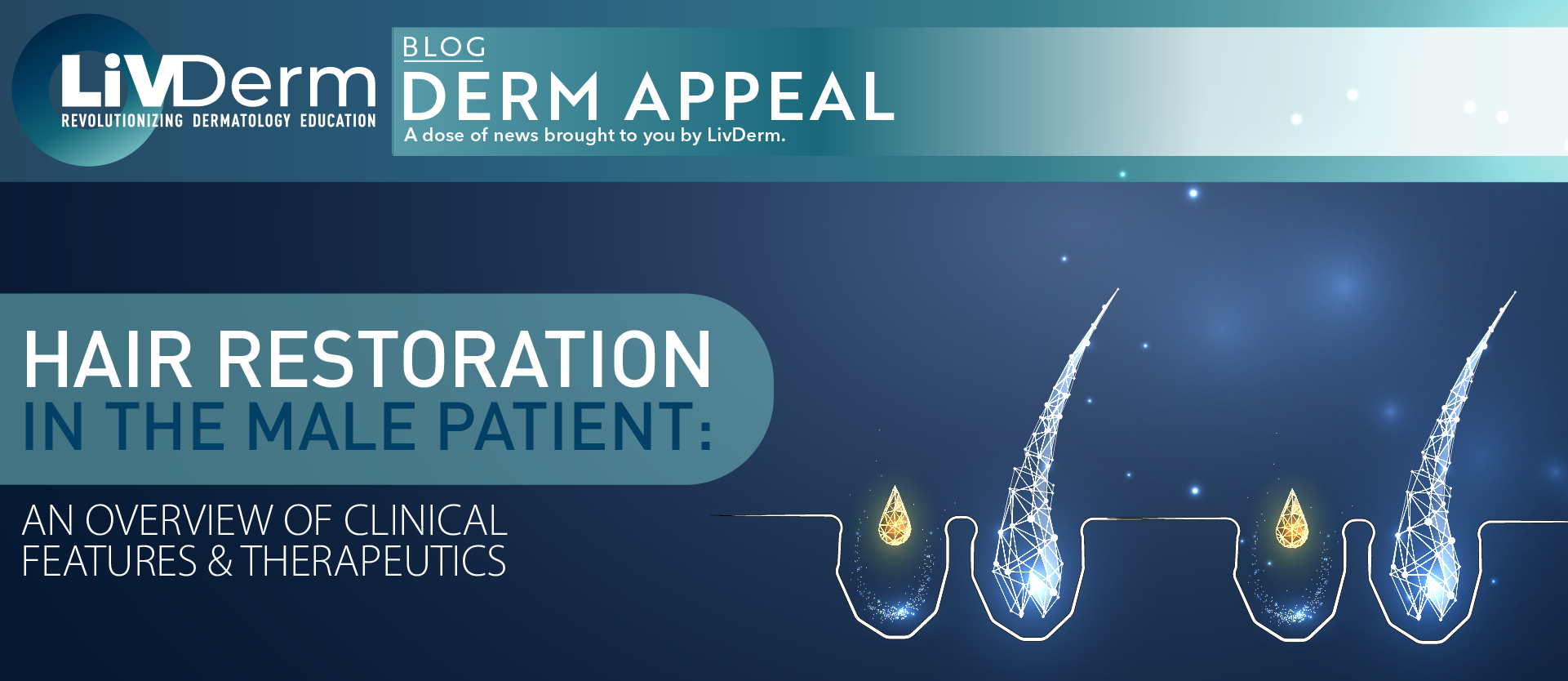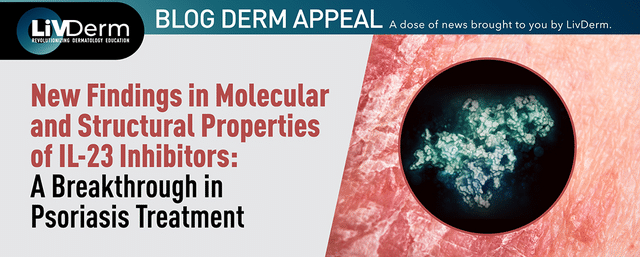In recent years, the aesthetic medicine industry has made significant progress in its ability to treat hair loss with the development of novel hair restoration techniques, including topical therapies, oral medications, and injectable formulations. Coupled with surgical hair loss treatments, the current array of therapeutic options has changed hair loss from an inevitable condition to one that can be slowed and even prevented. Clinically approved medications can deliver completely natural results in the majority of patients although, the large portion of widely advertised miracle hair treatments on the market has not been approved by the U.S. Food and Drug Administration or recommended by The American Hair Loss Association.
As public awareness of the condition and possible therapeutics grows, a greater demand for hair restoration procedures is expected to arise. While hair loss affects both men and women, it is more often associated with men and overlooked in women; however, up to 40% of hair loss patients are female. According to the American Hair Loss Association, 66% of men notice hair loss by the time they turn 35 – a critical moment to take action as the efficacy of treatments significantly depends on early detection and intervention.
Causes of Hair Loss in Male Patients
Current statistics estimate that up to 50 million men within the United States are affected by androgenetic alopecia, or male pattern baldness (MPB), which accounts for over 95% of hair loss cases in men. Many possible causes underlie MPB and other forms of hair loss, including serious illness, hormonal fluctuations, adverse reactions to medications, genetic factors, as well as biological aging.
Although it remains to be comprehensively understood, the hereditary element of MPB is associated with a genetic sensitivity to Dihydrotestosterone (DHT), which minimizes hair follicles and shortens their lifespan. Dihydrotestosterone is a testosterone derivative responsible for hair follicle growth; if they are exposed to the compound for prolonged periods this could lead to miniaturization. Characterized by a receding hairline and thinning crown, male pattern baldness affects hair in areas most sensitive to DHT, such as the temples. The pattern progresses leading to more apparent baldness across the scalp and more advanced stages of hair loss. However, currently available interventions are able to slow this process and even halt it if treatments are implemented early enough.
Most Effective Current Treatment Methods
Innovation in the hair restoration market has contributed to the development of safe, effective hair loss therapeutic methods which when implemented in the beginning phases of the condition can greatly improve aesthetic outcomes. While hair transplant procedures may be advised for patients in advanced stages of hair loss, both finasteride (Proscar, Propecia) and minoxidil (Ioniten) can be used to treat male androgenetic alopecia.
Initially developed to treat enlarged prostate glands, Proscar was found to deliver hair growth as a side effect in clinical trials. Since then, finasteride has been prescribed in the form of pills as the first medication to effectively treat MPD in the vast majority of male patients. Unfortunately, the compound often presents systemic side effects which can be a cause of patient concern.
Similarly, minoxidil was used for many years prior to becoming a hair restoration method as a hypertension medication in pill form. As it resulted in unexpected hair growth, researchers developed topical minoxidil treatments that can greatly benefit hair loss patients dependent on the stage of their condition.
Several novel therapeutic methods are in the pipeline as they deliver promising results in clinical trials. A new topical treatment, clascoterone, is under investigation for both male and female androgenetic alopecia with minimal systemic side effects. Additionally, injectable treatments utilizing platelet rich plasma for hair restoration are gaining scientific support, however, questions remain regarding their ideal use protocols for best outcomes.
As research in the specialty area continues, the medical community can anticipate the emergence of prevention, management, as well as treatment methods. Clinicians looking to gain frontline knowledge on the latest clinical strategies for hair restoration at the upcoming SBS Part 1: The Medical Dermatology Summit | A Virtual Experience as part of the Hair Restoration for the Dermatologist track taking place on Friday, February 5, 2021. Led by a panel of renowned experts in the field, the event’s curriculum will dive deeper into the clinical features of male androgenetic alopecia as well as provide a comprehensive industry overview spotlighting the latest insights and innovations relevant to medical practice.
















